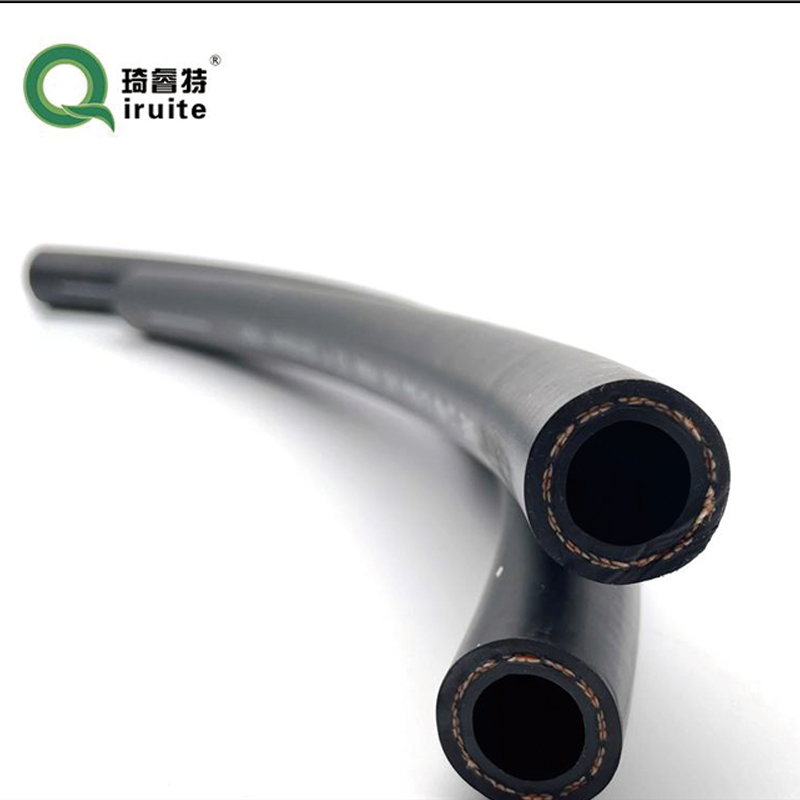hvac frozen pipe
Understanding Frozen Pipes in HVAC Systems
As winter approaches, one of the significant concerns for homeowners is the risk of frozen pipes in their HVAC (Heating, Ventilation, and Air Conditioning) systems. Frozen pipes can lead to serious issues, including leaks, burst pipes, and extensive water damage. Understanding the causes, prevention strategies, and solutions for frozen pipes is essential for maintaining a safe and functional home environment during the colder months.
Causes of Frozen Pipes
Pipes freeze when temperatures drop below 32 degrees Fahrenheit (0 degrees Celsius). Several factors can contribute to this unfortunate event. First, poorly insulated pipes, particularly those in unconditioned spaces like attics, basements, and exterior walls, are more susceptible to freezing. Additionally, inadequate heating in these areas exacerbates the issue. When water inside the pipe freezes, it expands, putting immense pressure on the pipe wall. This pressure can lead to cracks or even complete pipe failure.
Moreover, factors such as a significant drop in temperature, sudden cold snaps, or prolonged exposure to subzero temperatures can also lead to frozen pipes. Old plumbing systems with rusted, weakened pipes are particularly vulnerable. Lastly, a lack of water flow, especially during extended periods of inactivity, can significantly increase the risk of freezing.
Prevention Strategies
Preventing frozen pipes largely revolves around maintaining adequate warmth and insulation around your plumbing. Here are several strategies to consider
1. Insulate Pipes Use insulation foam or heat tape on pipes located in unheated areas. This will provide an extra layer of protection against freezing temperatures.
2. Keep Cabinet Doors Open On cold nights, leave cabinet doors open to allow warm air to circulate around plumbing, particularly for sinks located on exterior walls.
3. Let Faucets Drip Allowing a small stream of water to flow from faucets can prevent freezing. Continuous movement means the water won’t have a chance to freeze.
hvac frozen pipe

4. Maintain Consistent Heating Ensure that your thermostat is set to a consistent temperature, even when you are not home. Avoid lowering the temperature drastically at night.
5. Seal Drafts Inspect your home for drafts around windows, doors, and areas where pipes enter the home. Sealing these drafts can help maintain a consistent indoor temperature.
What to Do If Pipes Freeze
If you suspect that your pipes have frozen, it’s essential to act quickly
1. Identify the Frozen Area Locate the frozen section of pipe. This can often be done by checking for frost or a lack of water flow.
2. Apply Heat Use a hairdryer, space heater, or hot towels to gently warm the frozen pipe section. Never use an open flame, as this could damage the pipe or start a fire.
3. Turn on Faucets This will help relieve pressure in the pipes; as the ice begins to melt, water can flow freely.
4. Call a Professional If the pipe remains frozen after your attempts, or if you’re uncertain about handling the situation yourself, don’t hesitate to contact a licensed plumber.
In conclusion, preventing frozen pipes in your HVAC system is crucial for avoiding costly repairs and damage to your home. By understanding the causes and implementing preventative measures, homeowners can reduce the risk significantly. However, if disaster strikes, knowing how to respond can help mitigate the damage and restore normalcy to your household. Staying proactive can ensure that your home's plumbing remains safe and functional throughout the winter months.
-
Ultimate Spiral Protection for Hoses & CablesNewsJun.26,2025
-
The Ultimate Quick-Connect Solutions for Every NeedNewsJun.26,2025
-
SAE J1401 Brake Hose: Reliable Choice for Safe BrakingNewsJun.26,2025
-
Reliable J2064 A/C Hoses for Real-World Cooling NeedsNewsJun.26,2025
-
Heavy-Duty Sewer Jetting Hoses Built to LastNewsJun.26,2025
-
Fix Power Steering Tube Leaks Fast – Durable & Affordable SolutionNewsJun.26,2025

